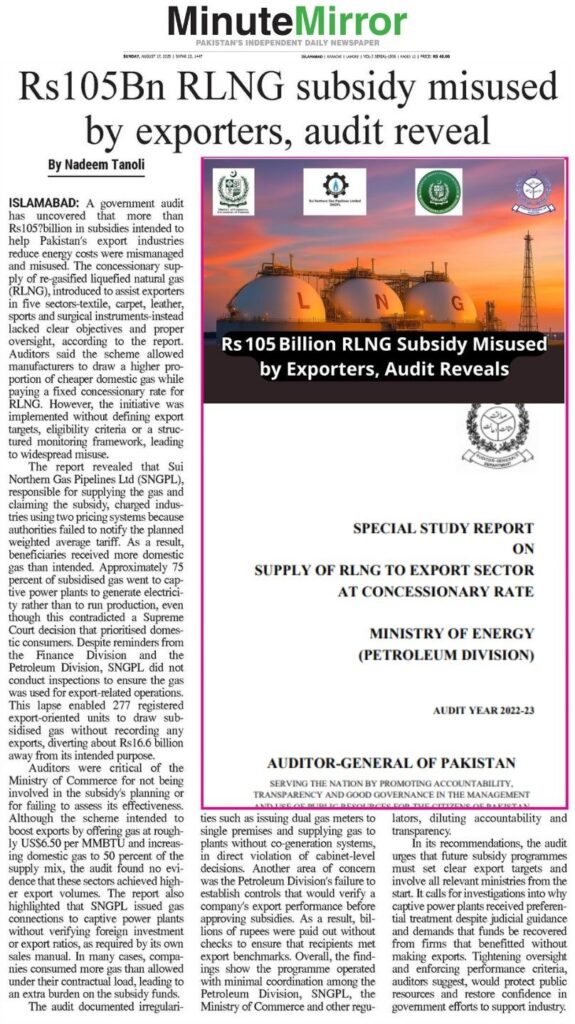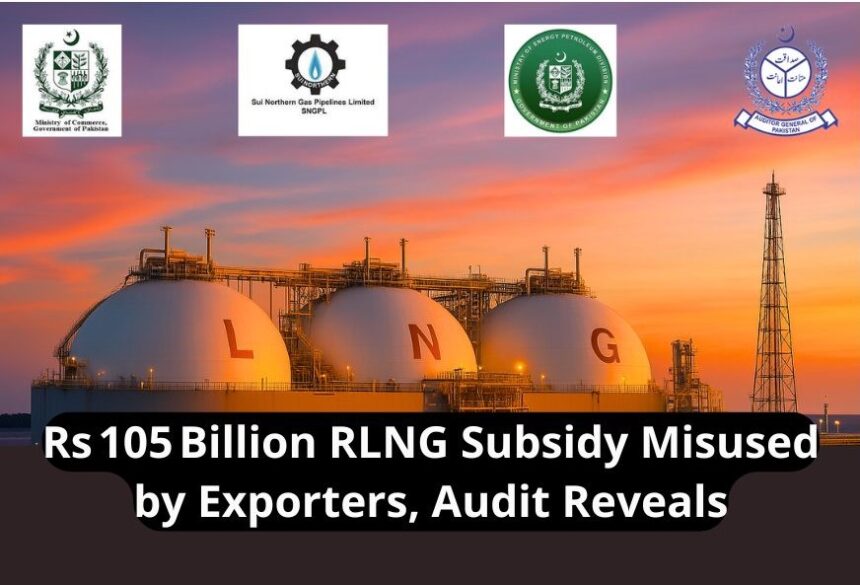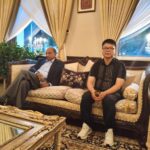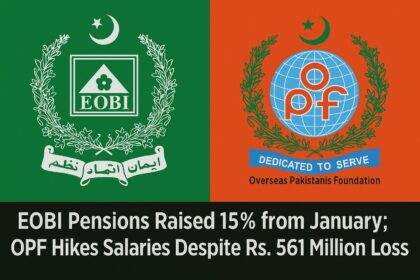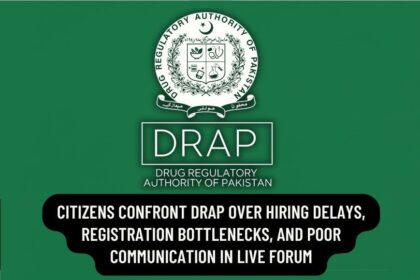Export Units Took Subsidised Gas Without Exports, Audit Finds
Rs 105 Billion RLNG Subsidy Misused by Exporters, Audit Reveal
Nadeem Tanoli
Islamabad: A government audit has uncovered that more than Rs 105 billion in subsidies intended to help Pakistan’s export industries reduce energy costs were mismanaged and misused. The concessionary supply of re-gasified liquefied natural gas (RLNG), introduced to assist exporters in five sectors—textile, carpet, leather, sports and surgical instruments—instead lacked clear objectives and proper oversight, according to the report. Auditors said the scheme allowed manufacturers to draw a higher proportion of cheaper domestic gas while paying a fixed concessionary rate for RLNG. However, the initiative was implemented without defining export targets, eligibility criteria or a structured monitoring framework, leading to widespread misuse.
The report revealed that Sui Northern Gas Pipelines Ltd (SNGPL), responsible for supplying the gas and claiming the subsidy, charged industries using two pricing systems because authorities failed to notify the planned weighted average tariff. As a result, beneficiaries received more domestic gas than intended. Approximately 75 percent of subsidised gas went to captive power plants to generate electricity rather than to run production, even though this contradicted a Supreme Court decision that prioritised domestic consumers. Despite reminders from the Finance Division and the Petroleum Division, SNGPL did not conduct inspections to ensure the gas was used for export-related operations. This lapse enabled 277 registered export-oriented units to draw subsidised gas without recording any exports, diverting about Rs 16.6 billion away from its intended purpose.
Auditors were critical of the Ministry of Commerce for not being involved in the subsidy’s planning or for failing to assess its effectiveness. Although the scheme intended to boost exports by offering gas at roughly US$6.50 per MMBTU and increasing domestic gas to 50 percent of the supply mix, the audit found no evidence that these sectors achieved higher export volumes. The report also highlighted that SNGPL issued gas connections to captive power plants without verifying foreign investment or export ratios, as required by its own sales manual. In many cases, companies consumed more gas than allowed under their contractual load, leading to an extra burden on the subsidy funds.
The audit documented irregularities such as issuing dual gas meters to single premises and supplying gas to plants without co-generation systems, in direct violation of cabinet-level decisions. Another area of concern was the Petroleum Division’s failure to establish controls that would verify a company’s export performance before approving subsidies. As a result, billions of rupees were paid out without checks to ensure that recipients met export benchmarks. Overall, the findings show the programme operated with minimal coordination among the Petroleum Division, SNGPL, the Ministry of Commerce and other regulators, diluting accountability and transparency.
In its recommendations, the audit urges that future subsidy programmes must set clear export targets and involve all relevant ministries from the start. It calls for investigations into why captive power plants received preferential treatment despite judicial guidance and demands that funds be recovered from firms that benefitted without making exports. Tightening oversight and enforcing performance criteria, auditors suggest, would protect public resources and restore confidence in government efforts to support industry.
News Link: https://minutemirror.com.pk/rs-105-billion-rlng-subsidy-misused-by-exporters-audit-reveal-425741/
News Link: Audit Exposes RLNG Subsidy Misuse in Pakistan’s Export Sector – Peak Point
